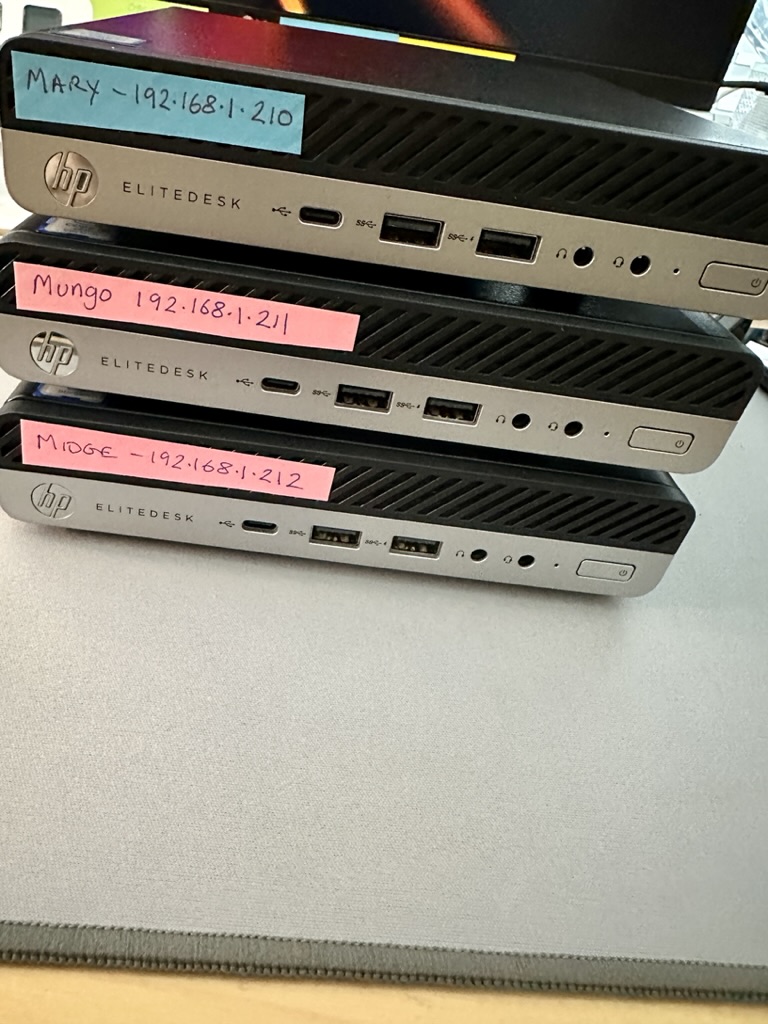Homelabs
I guess my first setup that you could really call a “homelab” (more than one server running continuously) dates from about 1995. I’d just progressed past an on-demand UUCP dial-up system to a 2 Mb/s wireless link to the local university where I worked. We were using old Lucent WaveLAN ISA cards with rather unreliable Linux drivers. Back then, any change to the drivers required a full kernel rebuild—not something to be taken lightly on a 386-class PC with 4 MB of RAM.
Homelab 1995
Below you can see the setup I was running. It comprised a 386 and a 486 PC, both running Linux (although I’d previously experimented with Xenix and ISC UNIX). I also had a Sun Sparc Station running Solaris and an IBM RS/6000 running AIX Unix.
Much of my time was spent tinkering—particularly with Amateur Packet Radio. I maintained four wireless links to other stations across the north-west of Lancashire, and at the university I operated an AX.25 – IP tunnel/gateway. We were part of the 44.net (AMPRNet), running TCP/IP on top of AX.25—a modified X.25 protocol optimised for slow, unreliable radio links.
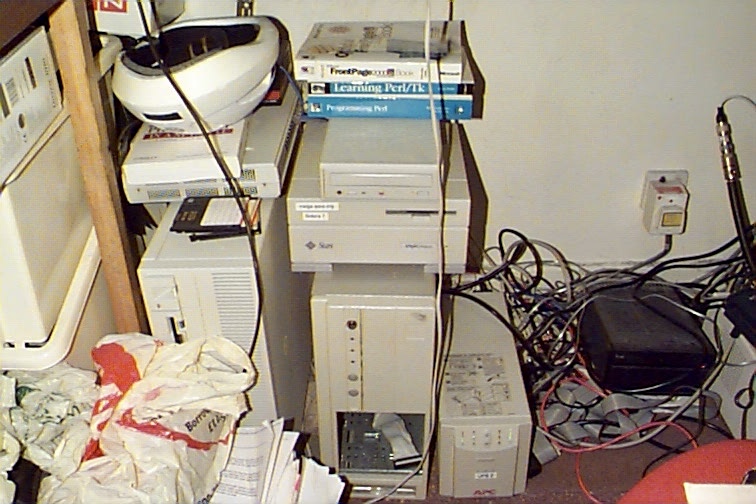
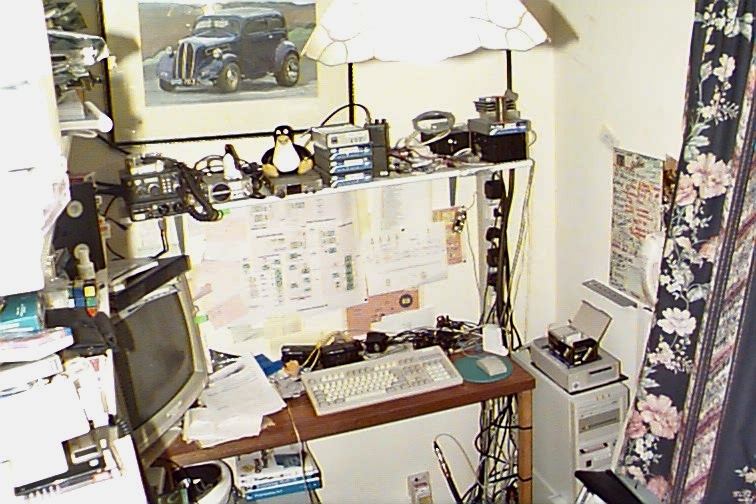
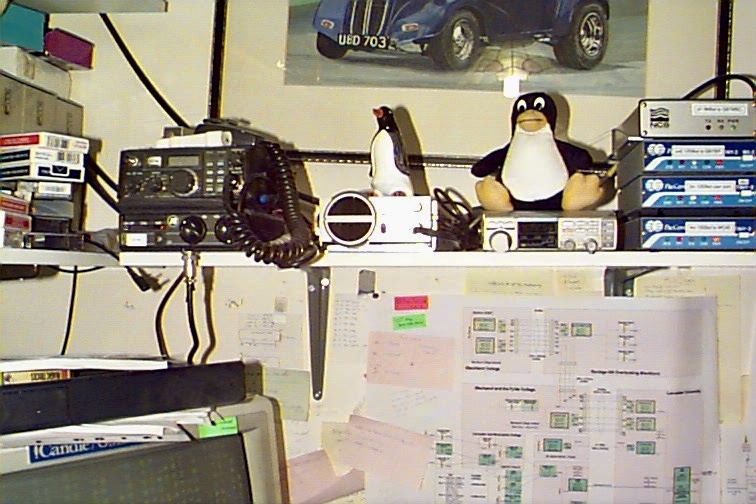
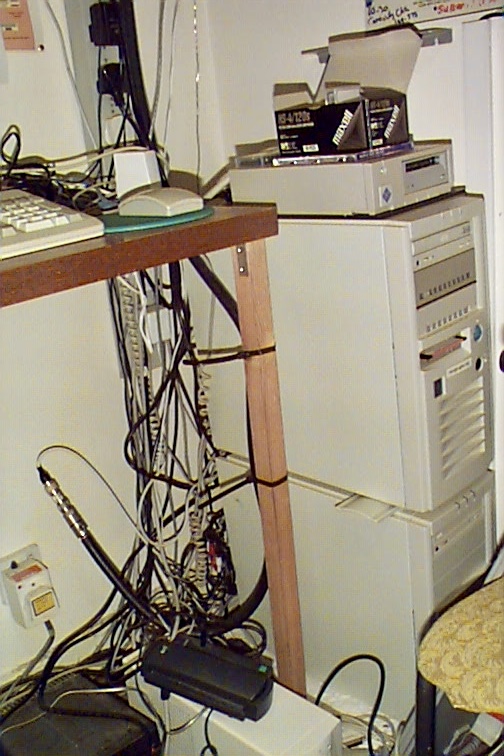
Homelab 2002
By then, we had moved house and were sadly no longer in line-of-sight with the university. I had a 512 kbps ADSL circuit. Internet access was neither cheap nor widely available, so I set up a wireless ISP across our housing estate. At its peak I delivered a 10 Mb/s service to 15 homes using 802.11b equipment. I provided each customer with an IP address, an email account (I hosted an MS Exchange server) and a community website running Apache, later Nginx. The infrastructure was a mix of Windows and Linux servers.
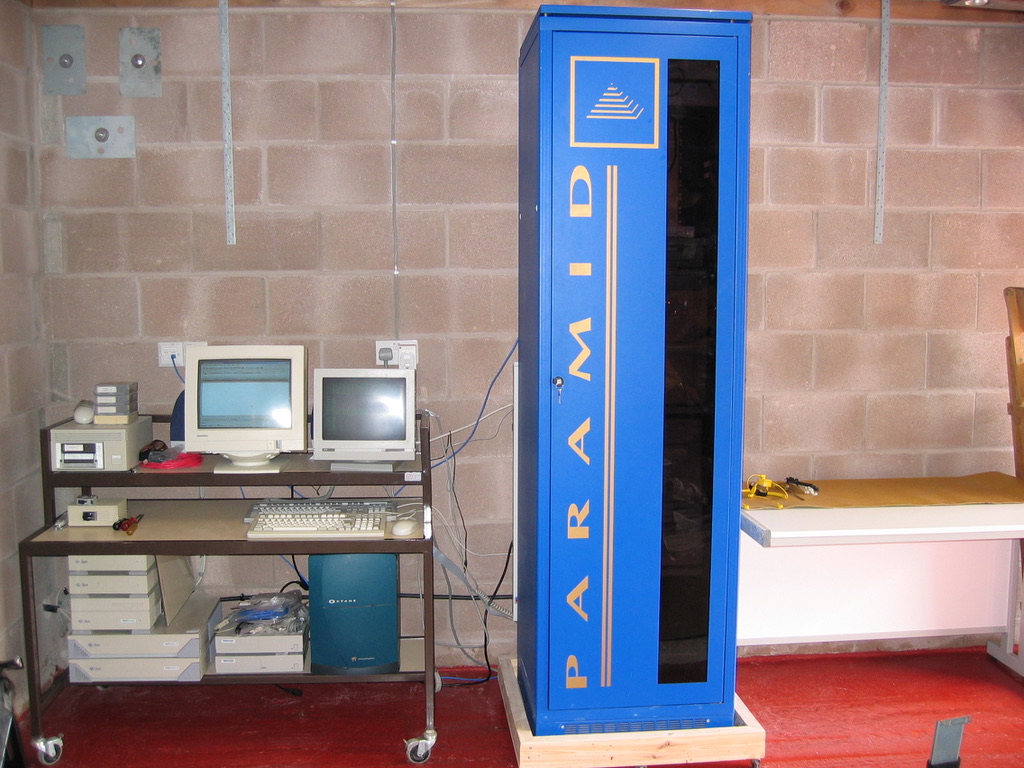
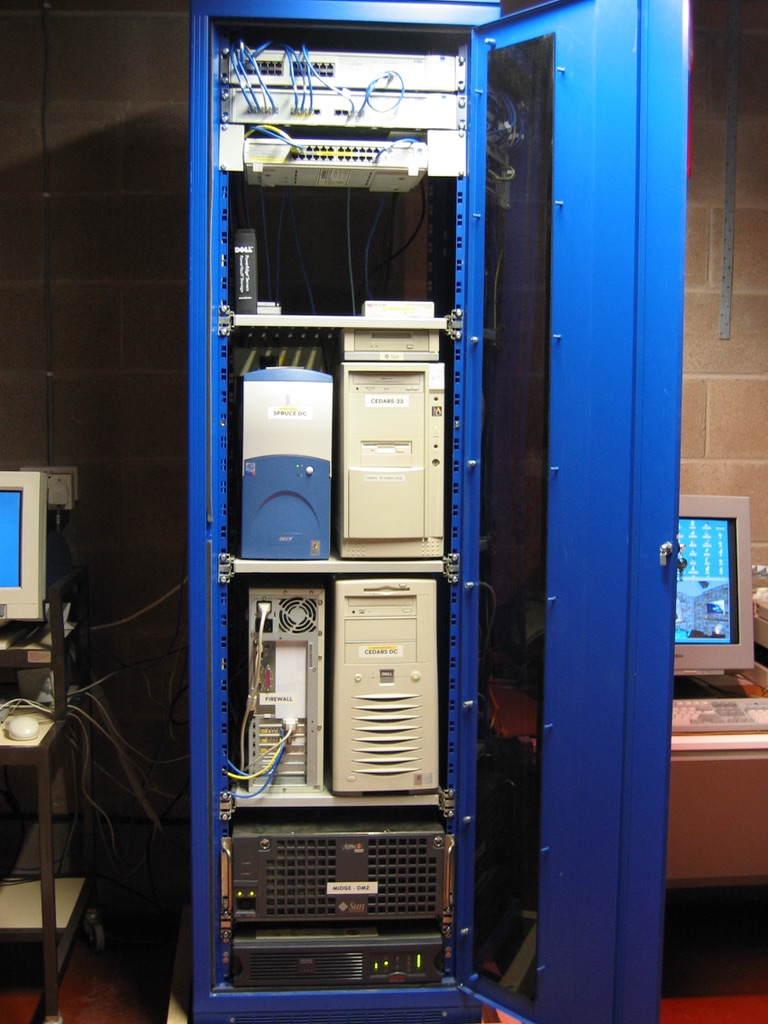
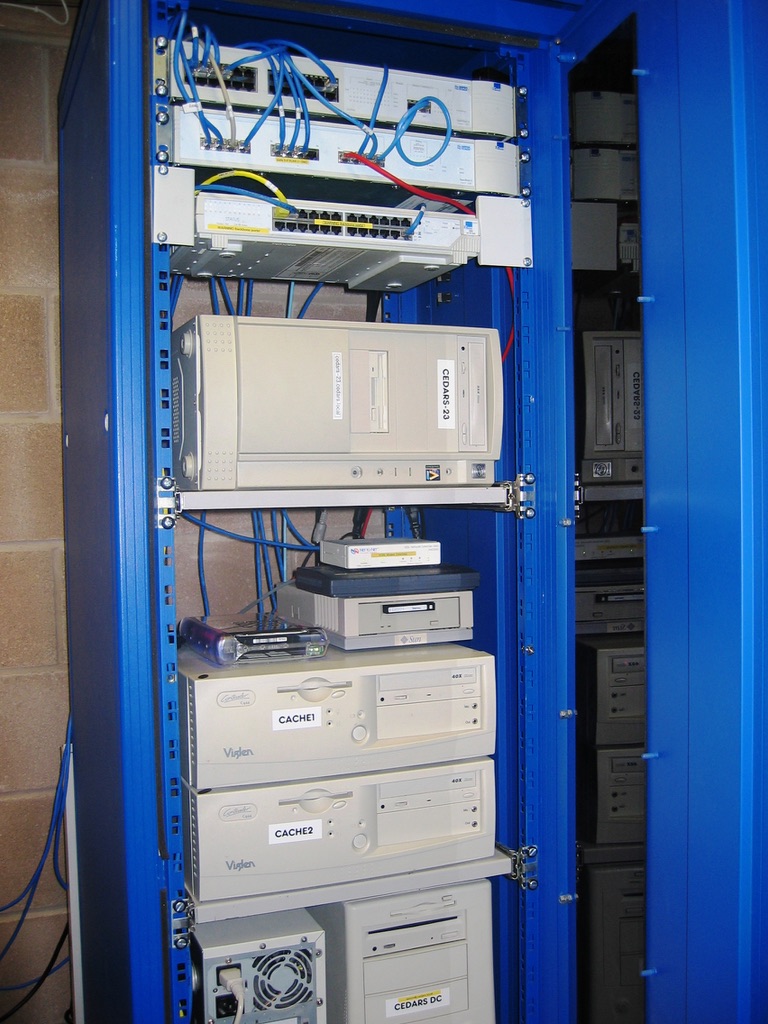
Homelab 2024
Between then and 2024 I went through numerous iterations of hardware and operating systems. As electricity costs rose and internet access became much cheaper, my homelab’s purpose shifted to tinkering, learning and experimenting with different services. I currently run a three-node Proxmox cluster with a NAS on Unraid.
